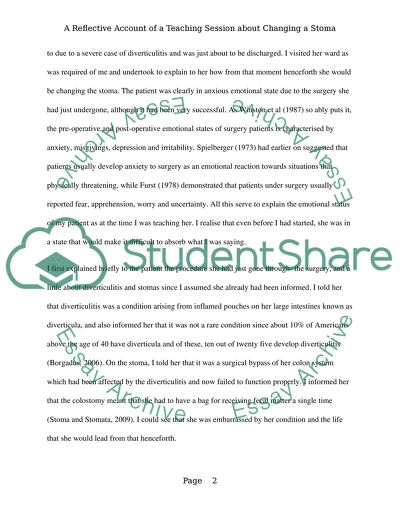Cite this document
(“A Reflective Account of a Teaching Session about Changing a Stoma Essay”, n.d.)
Retrieved from https://studentshare.org/nursing/1430793-reflective-account-of-teaching-session
Retrieved from https://studentshare.org/nursing/1430793-reflective-account-of-teaching-session
(A Reflective Account of a Teaching Session about Changing a Stoma Essay)
https://studentshare.org/nursing/1430793-reflective-account-of-teaching-session.
https://studentshare.org/nursing/1430793-reflective-account-of-teaching-session.
“A Reflective Account of a Teaching Session about Changing a Stoma Essay”, n.d. https://studentshare.org/nursing/1430793-reflective-account-of-teaching-session.


